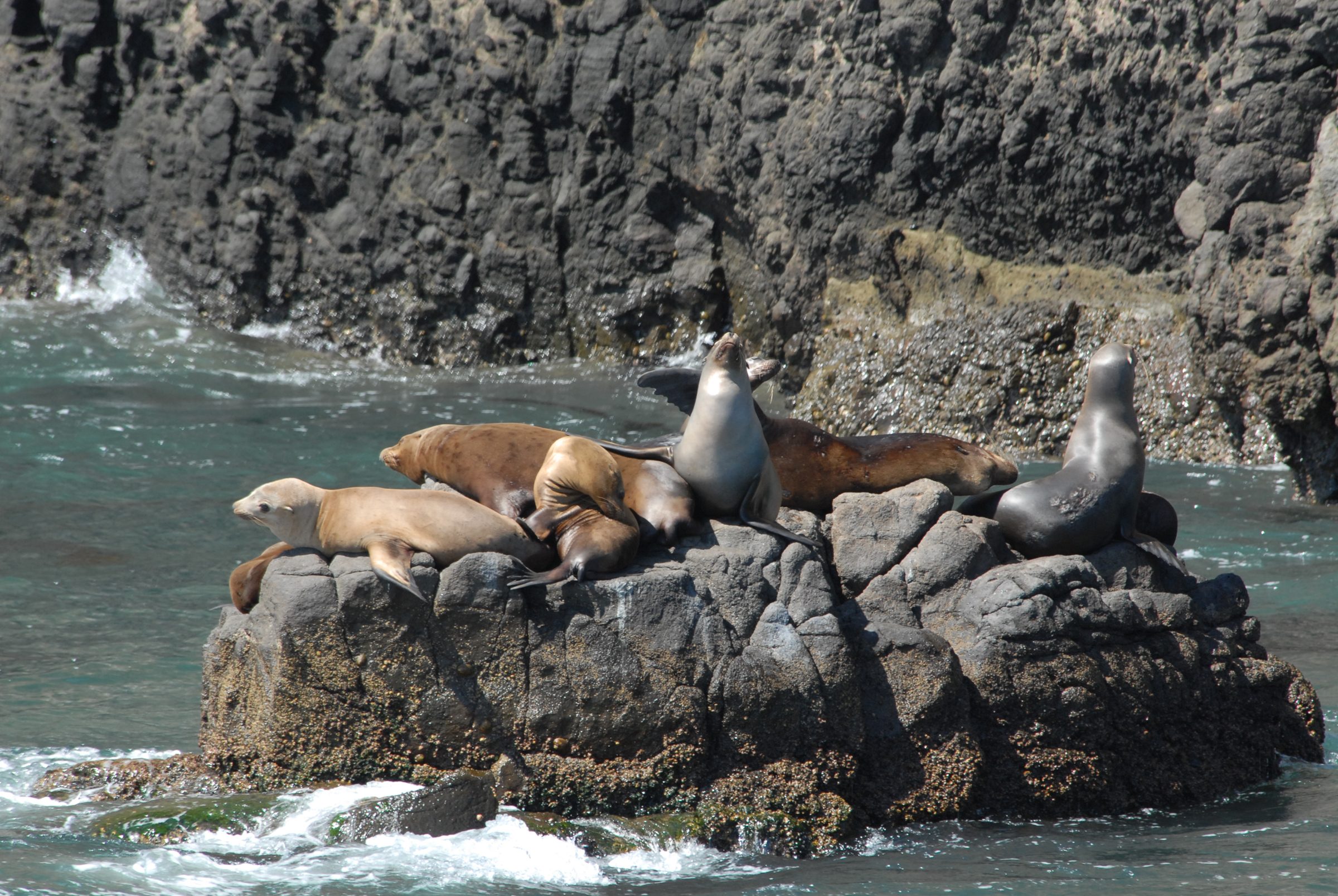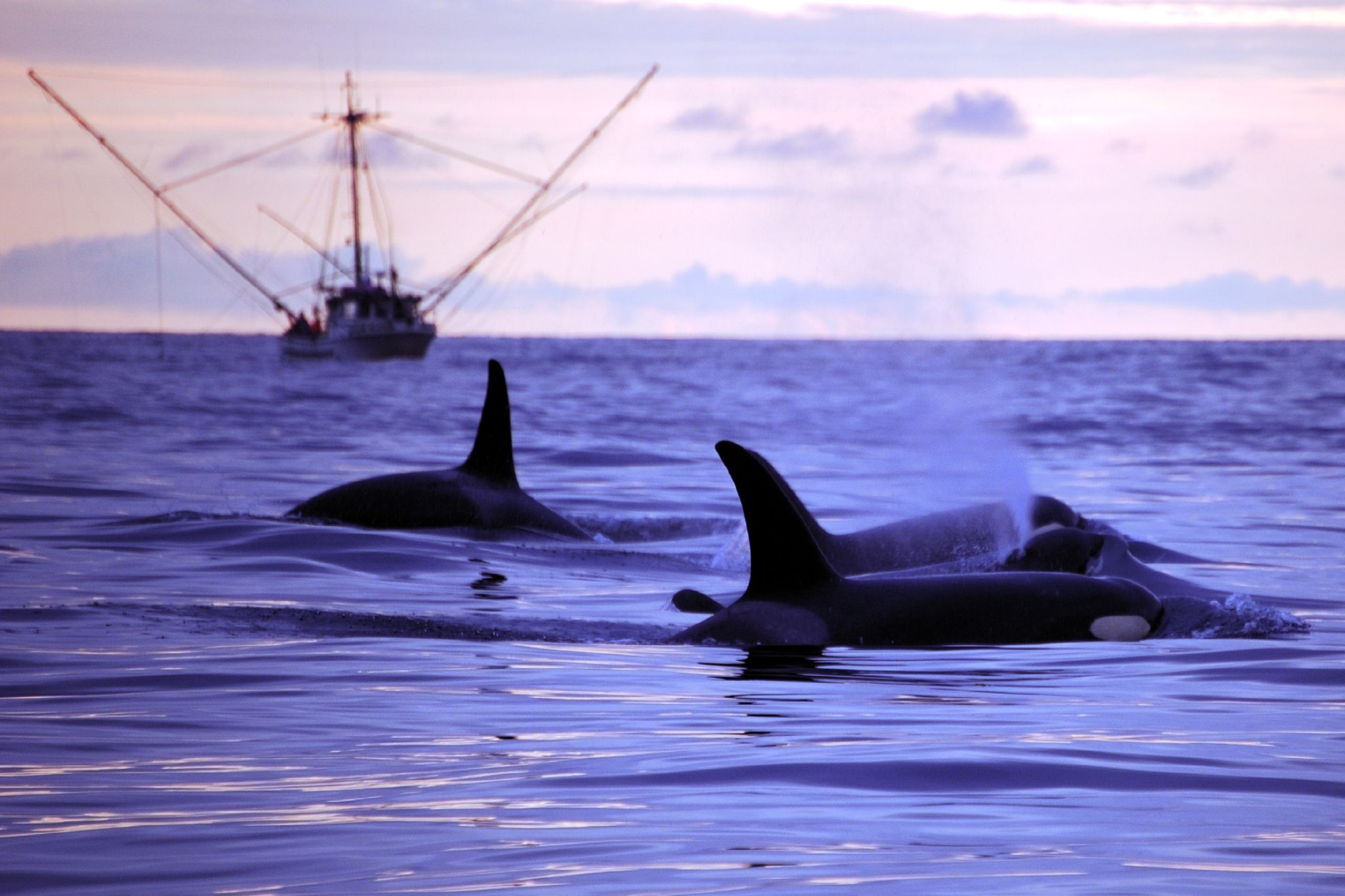Meeting #1
Seattle, Washington
OMF-3
How can population impacts of marine mammal bycatch be evaluated in fisheries with poor data availability or quality?
Scientific tools and multiple modeling approaches can help nations comply with new US import rules, and reduce marine mammal bycatch.
The U.S. National Oceanic and Atmospheric Administration (NOAA) has issued the Marine Mammal Protection Act Import Provisions, a new rule requiring nations that export fish and fish products to the U.S. to adhere to bycatch standards comparable to those of the U.S. Many of the affected nations may not have sufficient data or capacity to track, evaluate, and reduce marine mammal mortality. We have convened an expert working group to support these nations by developing scientific tools to evaluate data sets and methods for determining bycatch rates for marine mammal populations in terms of evaluating impacts on populations.
Starting January 1, 2017, exporting nations (except those fully exempted from the new rule) entered a five-year exemption period to provide the time necessary to develop regulatory programs comparable in effectiveness to the U.S. program. This may include:
Throughout the exemption period, NOAA will work with nations to the extent possible to support their efforts to meet the regulation’s standards.

What data and tools can be used to estimate the population-level impacts of marine mammal bycatch?
To comply with the new rule, nations must have applied for and received a “comparability finding” for each of its fisheries from NOAA to continue exporting fish and fish products to the U.S. To assist nations in their efforts to achieve the comparability finding, we are convening a group of marine mammal and fishery bycatch experts to develop a set of tools that will aid countries in assessing marine mammal stocks, estimating bycatch, calculating bycatch limits, and reducing total bycatch to comply with the US marine mammal bycatch standards.

We will identify and recommend tools that could be used to assess marine mammal bycatch and its impacts, with an emphasis on data-poor fisheries and/or poorly monitored marine mammals.
The scientific guidance that this working group produces will inform nations in their efforts to apply to NOAA for a “comparability finding.” The working group will also develop user-friendly software that nations can tailor to their needs and evaluate potential management strategies.
Seattle, Washington
Seattle, Washington
Reykjavik, Iceland
Snoqualmie, WA